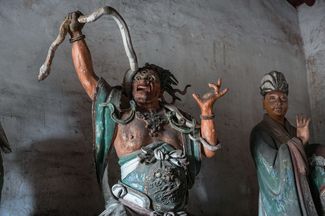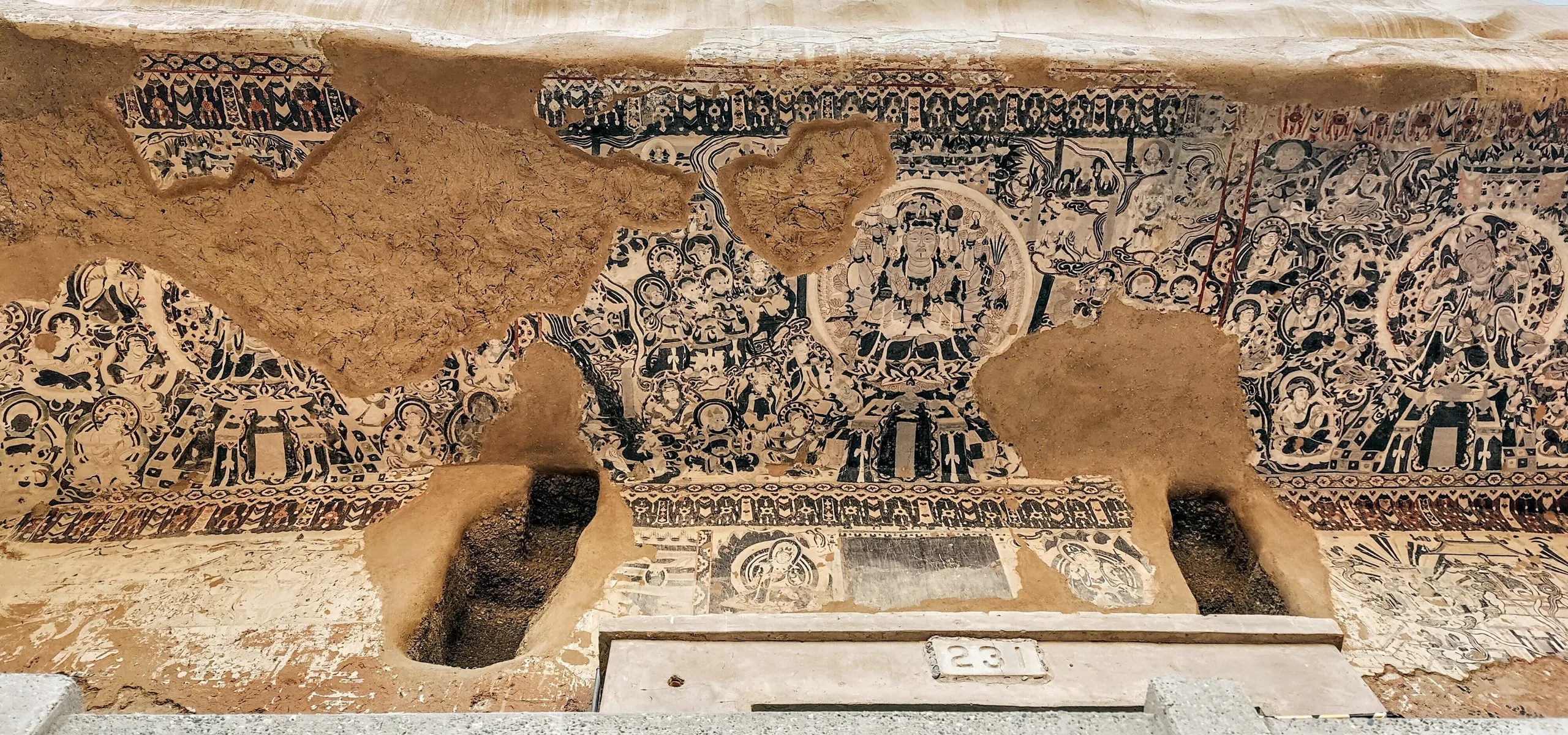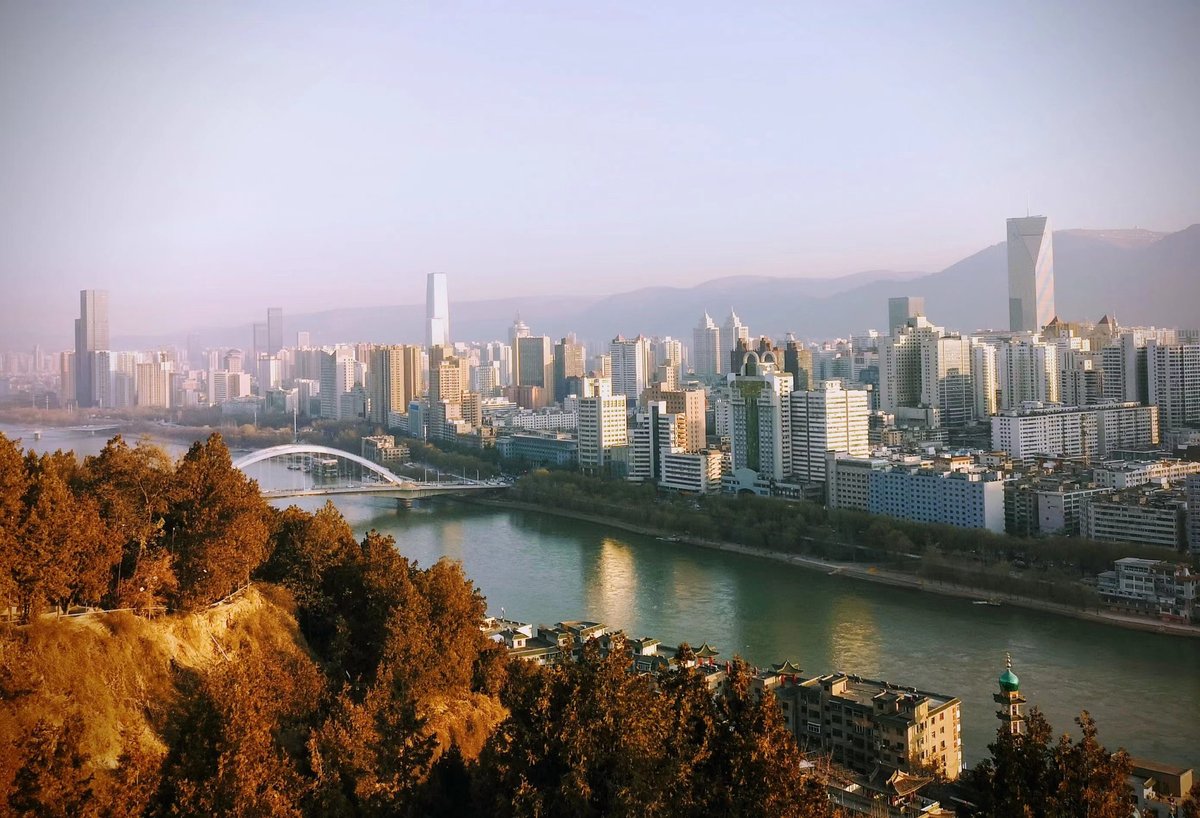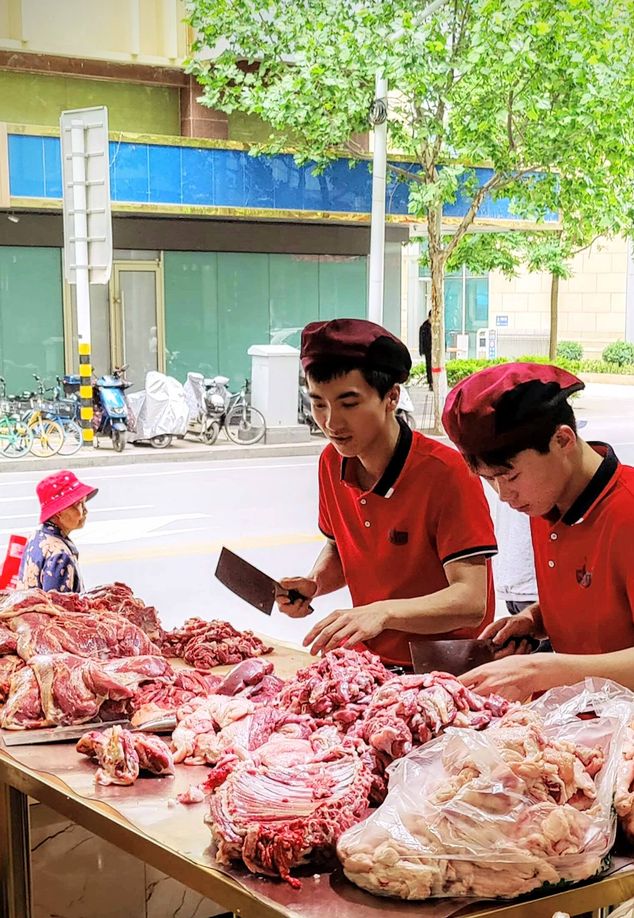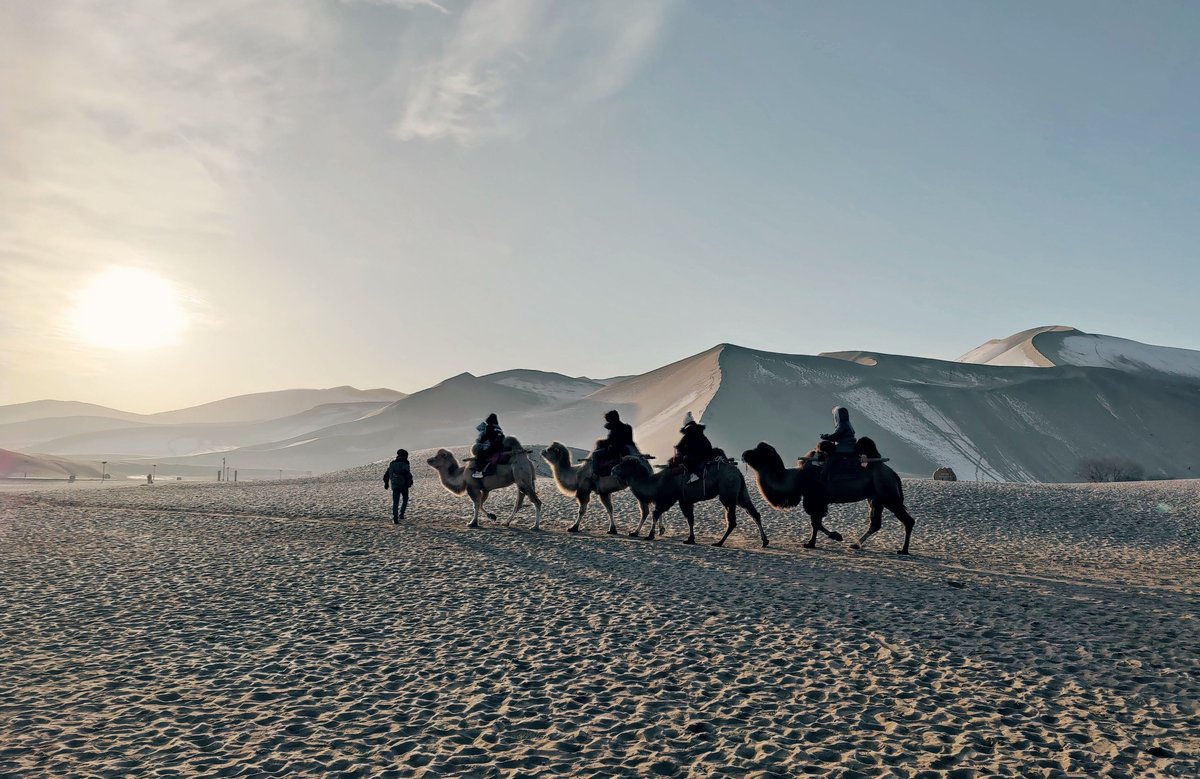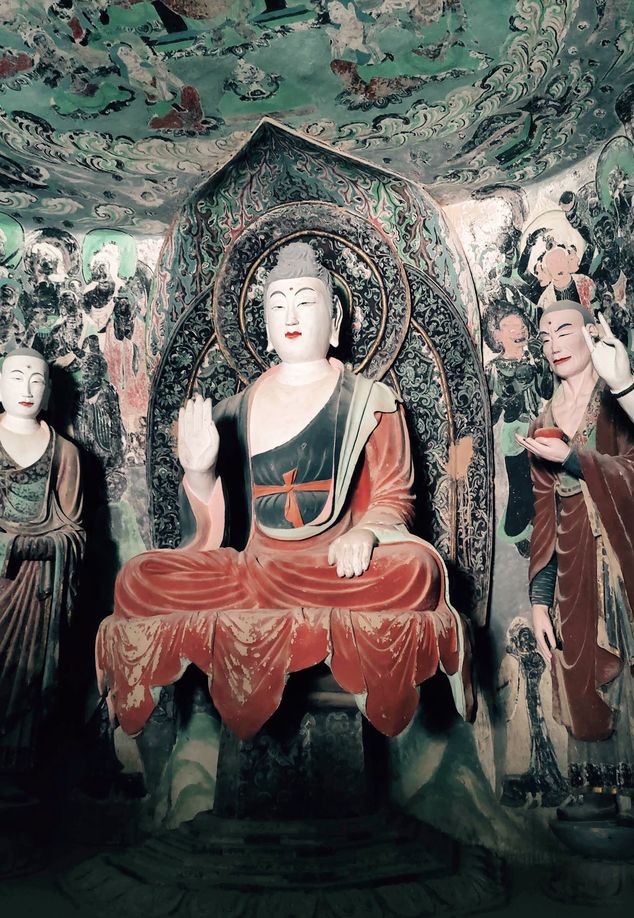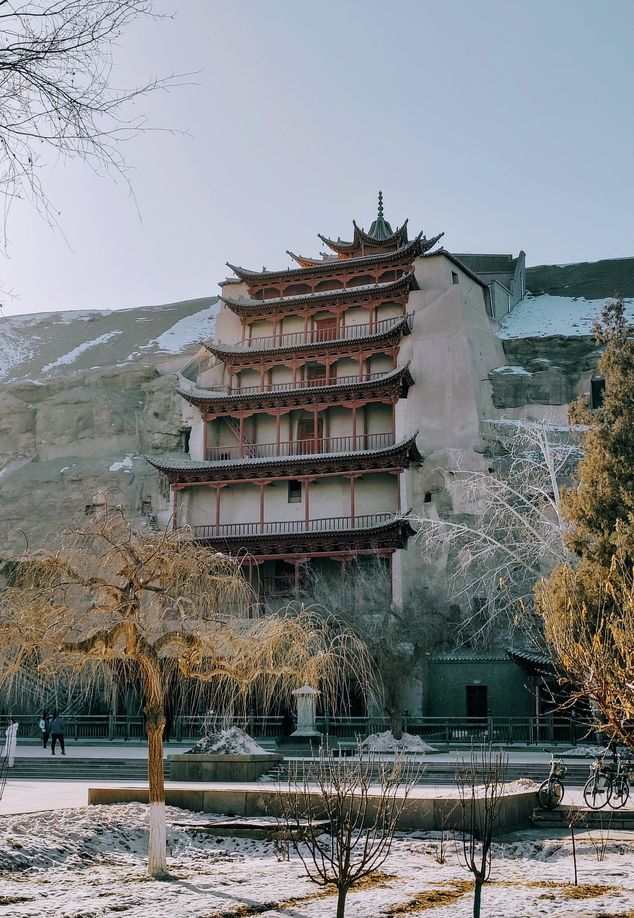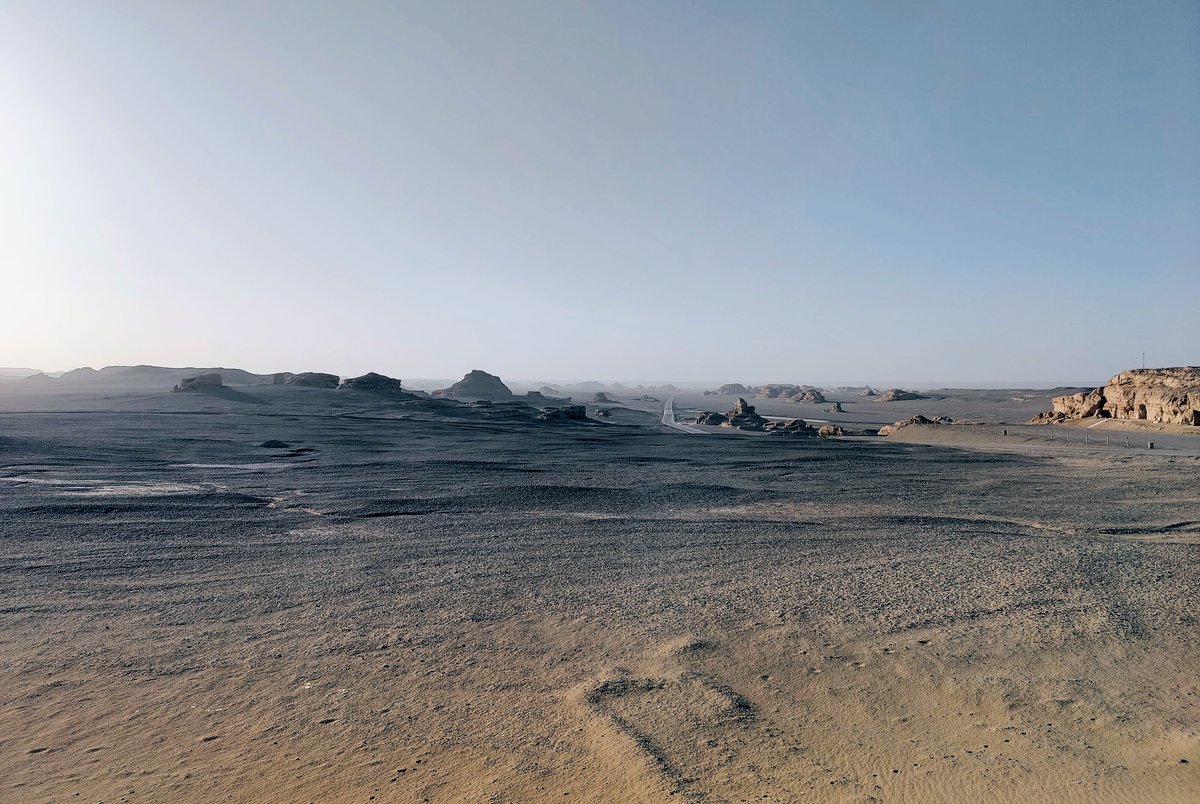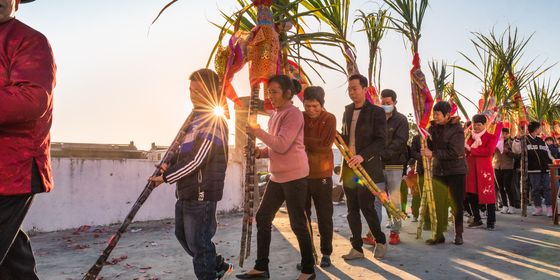A French-Chinese blogger’s dusty road home in China’s wild west
I hail from Lanzhou, the dusty capital of Gansu province in northwestern China. My family and I moved to France when I was 6 years old. Since then, Gansu has become the remote, enigmatic land of my ancestors, which I desperately want to explore. Even as I come back to visit every year, I still wonder how the people there live, what they eat, and if I can still be considered one of them.
On paper, China’s northwestern area, usually referred to as daxibei (大西北), is a vast region that is often perceived by outsiders as a distant, underdeveloped, and mysterious land, stretching across expansive deserts and rugged mountains. Lanzhou, nestled at 1,600 meters high in a narrow valley on the banks of the Yellow River, has turned from a poverty-stricken city in the 1950s into a regional heavy industry center today. However, the fast economic development came at a major environmental cost; in the 1990s, Lanzhou was ranked as one of the ten most polluted cities in the world. The air quality used to be so poor that the city could not be seen from satellites, and I can still recall the acute, sour sensation that attacked my young nostrils as a boy growing up there.
In recent years, after more than a decade of environmental protection efforts, air quality in Lanzhou has significantly improved. For many Chinese tourists, Lanzhou is now more associated with its mouthwatering Lanzhou beef noodles (although they actually originate from Qinghai province).
The key to Lanzhou beef noodles lies in the hand-pulling process. The dough is rolled into a long, cylindrical shape and then repeatedly stretched and folded while being thrown in the air, with each pull doubling the number of noodle strands. The spectacular technique, known as lamian (“pulling noodles”), produces handmade noodles in various shapes and thicknesses, ranging from thin, hair-like strands (maoxi) to wide, flat ribbons (bokuan). The noodles are then served in a clear, aromatic broth with thinly sliced beef, radish, chili oil, and fresh cilantro.
As the beef broth is freshly prepared in the early hours of the day, locals believe that the noodles are best eaten for breakfast. Last year, when I returned to the city for the Lunar New Year celebration, my favorite downtown noodle shop was already crowded at 7 a.m., filled with old and young alike, all eager to beat back the frosty Gansu winter. A five-year-old girl named Yuanyuan was having breakfast with her mother next to me. She stopped to stare at me suspiciously, then relaxed her gaze and continued to sip her noodles. At another table, a street cleaner in a distinctive orange outfit was calmly finishing his bowl next to a well-dressed businessman. Their lives might be worlds apart, and yet here they share the same daily breakfast.
They say death is the great equalizer. But in Lanzhou, the great equalizer is the classic seven yuan bowl of beef noodles. The famous noodle shops are one of the few remaining places where people from all classes and backgrounds still get together. Street cleaners, white-collar workers, taxi drivers, businessmen, and retirees, all of them feasting on the same breakfast before they return to their different lives. In front of the mighty “God of Noodles,” all men and women appear equal. Each morning, they meet in this surprisingly inclusive space, where social and economic boundaries temporarily disappear.
Aside from the delicious noodles, most tourists visit Gansu to see Dunhuang, a city over 1,100 kilometers north of Lanzhou. Famous for its ancient Buddhist grottoes and murals, Dunhuang welcomed over 7 million visitors last year. I took my first trip to this internationally renowned spot in January 2023. As I drove farther from Lanzhou and temperatures continued to drop, the desolate beauty of northwestern China became more and more apparent. The barren hills and open spaces seemed to stretch out forever, covered in a thin layer of snow sparkling under the winter sun. I found myself impressed by the raw beauty of a land stripped to the core. No bullshit, only the essentials. Gansu felt real.
When I finally reached Dunhuang 8 hours later, the temperatures had plummeted well below freezing. The famous Mogao Caves, carved into cliffs on the city’s outskirts, are a testament to the rich cultural and spiritual exchanges along the Silk Road. I marveled at the countless frescoes and statues that keep alive the stories of ancient pilgrims. For thousands of years, they endured perilous trips through the desert to craft in these caves exquisite Buddhist artworks—you didn’t even need to be a believer to feel the incredible, holy energy still present. The contrast between the frigid, empty landscapes surrounding Dunhuang and the vibrant sacredness of the caves was striking.
Despite the stunning cultural heritage in Dunhuang, Gansu, objectively, is not the sexiest place. It is by and large a no-man’s land afflicted by droughts and battered by sandstorms. Yet I am still proud of being born in this tough territory. I have realized over the years that my attachment to Gansu stems from a profound sense of belonging. The rugged terrain and harsh climate have shaped folks who are as resilient as they are hospitable. The vague memories of my childhood, the stories of my ancestors, and the rich cultural tapestry of Gansu instill in me a pride and connection that transcends its outward appearance. The simplicity of daily life, the authenticity of its people, and the enduring traditions all testify to the power of connecting to the land. There is no chic or glamour in Gansu, yet it is where I truly feel at home.
Photography by Émile Zed


